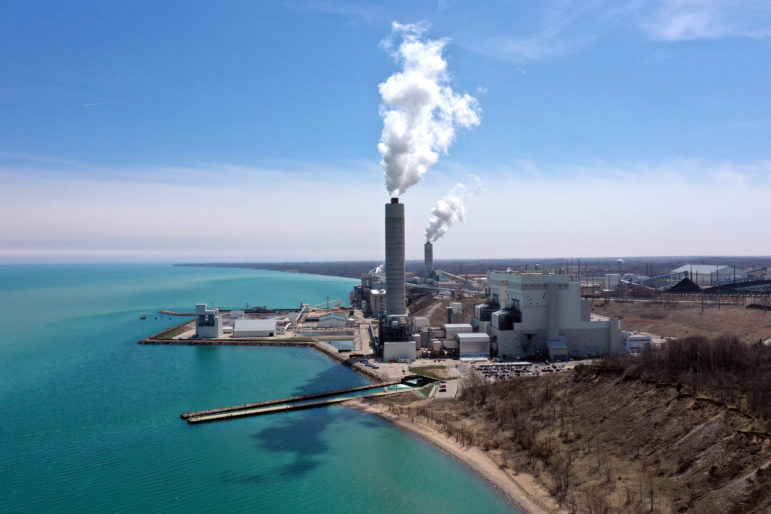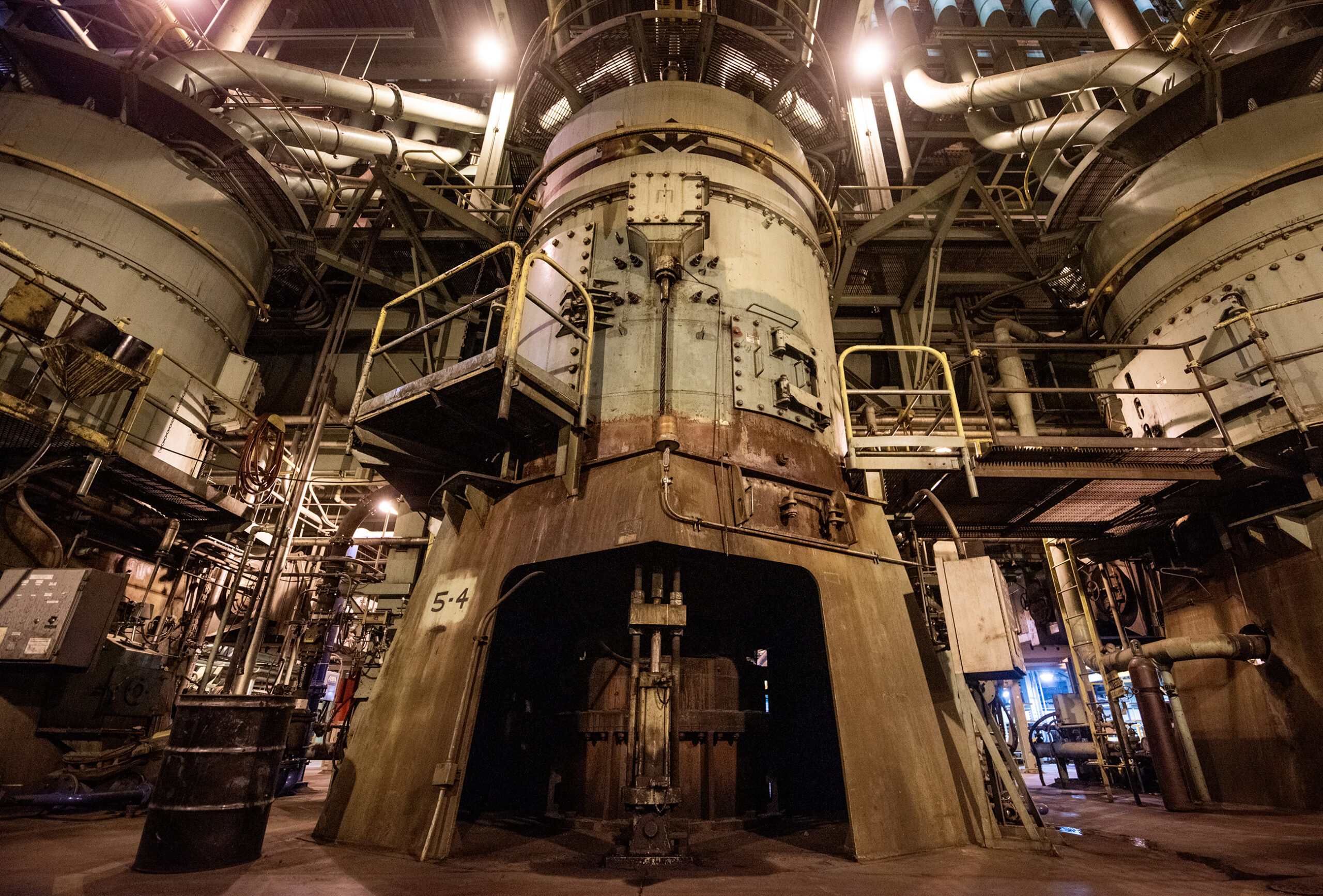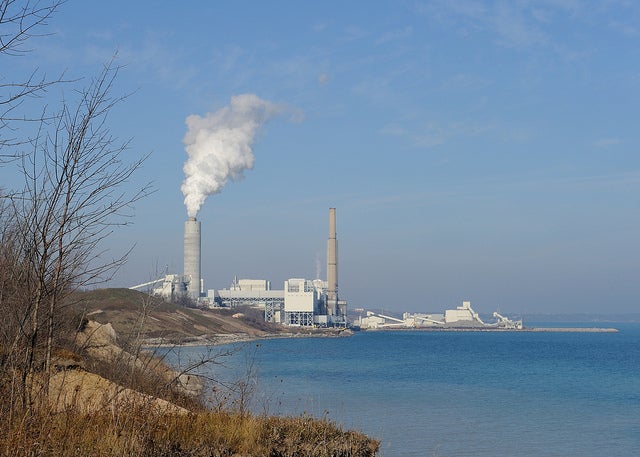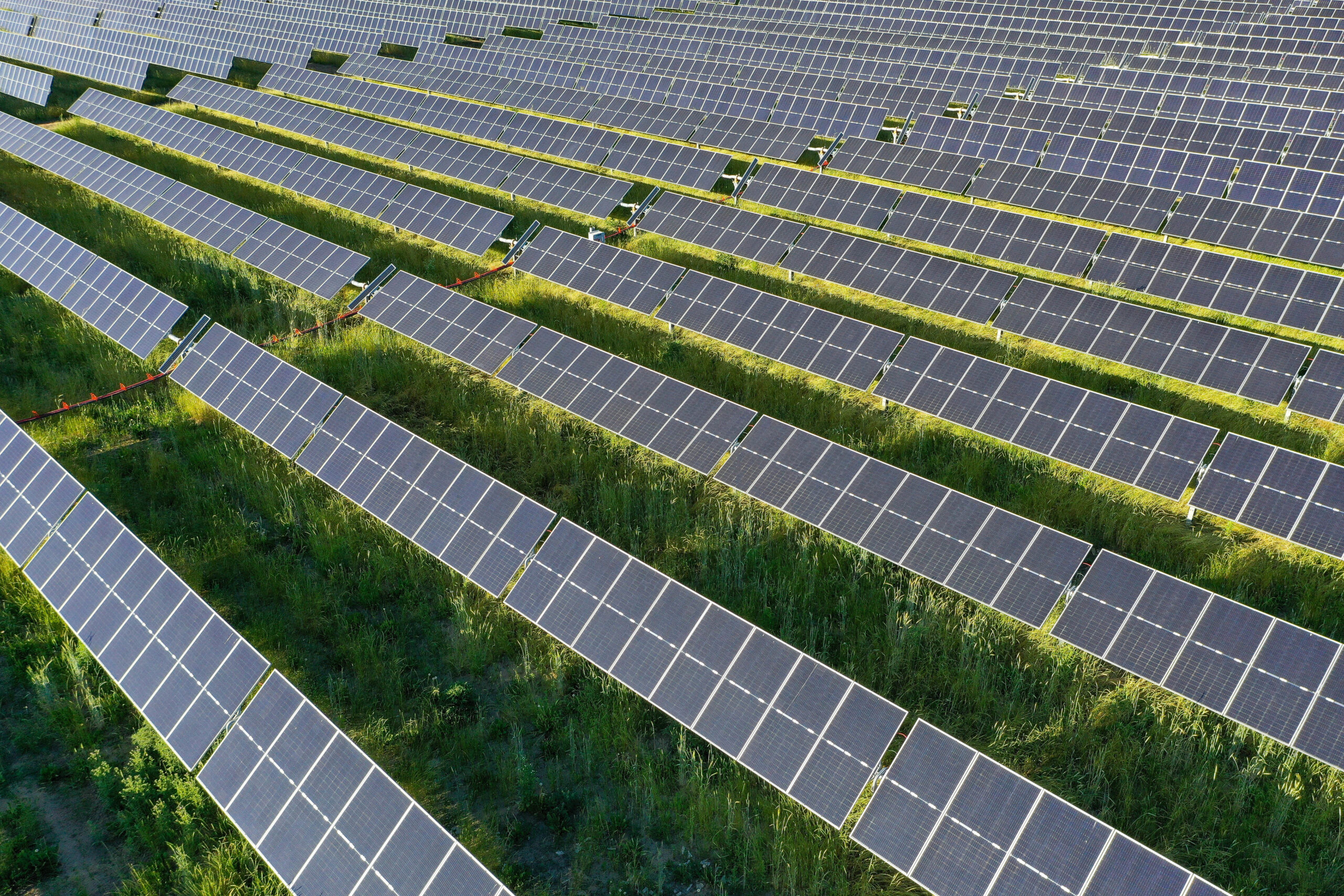The state’s latest look at Wisconsin’s energy picture shows decreasing use of coal, increased natural gas and slightly lower energy prices than the Midwestern average.
The Public Service Commission draft strategic energy assessment comes out every two years, now looking as far ahead as 2020. PSC energy policy advisor Lori Sakk says despite the shutdown last year of the Kewaunee nuclear power plant, no big new power plants appear to be on the horizon.
“We were in a big construction period during the late ’90s, early 2000s, and that is essentially done,” Sakk said. “We believe that we’re in a really good spot for energy future needs.”
Stay informed on the latest news
Sign up for WPR’s email newsletter.
That’s partly because the PSC forecasts demand for electricity will only continue to grow about one percent per year. That stable supply picture is even though coal-fired power, while still number one in Wisconsin, continues to decline as a percentage of the state’s energy mix, and the use of natural gas for power production continues to rise. So does renewable energy, as Wisconsin has been meeting benchmarks for its renewable portfolio standard.
The PSC says rising electricity rates may concerns some people, but that’s been partly offset by dropping natural gas prices. Lori Sakk says in the Midwest at least, Wisconsin is doing relatively well.
“In 2012, the average residential monthly electricity cost, in the Midwest, was $97.68. In Wisconsin, it was $92.79, so you can see that we’re below average,” Sakk said.
On a more controversial point, there may be more electricity transmission lines added to Wisconsin. The PSC is urging the public to comment on the draft energy assessment, either electronically, via mail, or at a public hearing in Madison July 15.
Wisconsin Public Radio, © Copyright 2024, Board of Regents of the University of Wisconsin System and Wisconsin Educational Communications Board.




